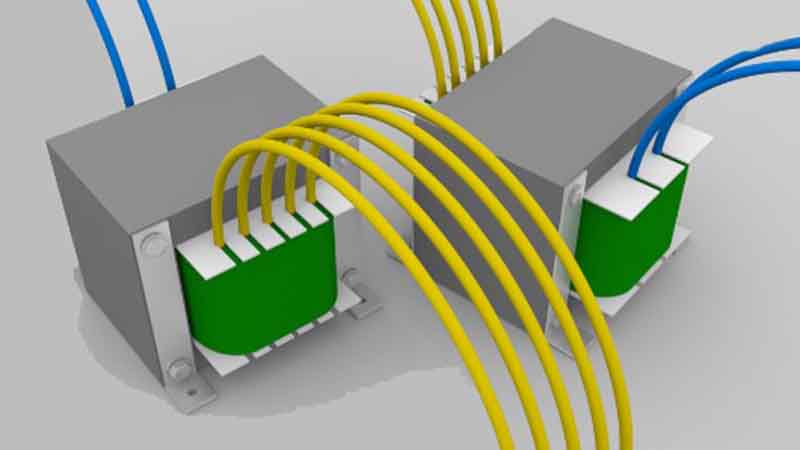Kirchhoff’s laws pertain to the topics of energy conservation and charge conservation in relation to electrical circuits. Gustav Robert Kirchhoff was the creator of two laws that help resolve problems with electrical circuits. These laws will help you understand how electric current flows within a circuit and the way voltage changes around a circuit loop.
Kirchhoff was a physicist from Germany. He revolutionized the way we think about electrical circuits and spectroscopy. He even discovered how heated objects emit black-body radiation. Modern scientists would not understand these things if it weren’t for Kirchhoff.
The First Law
Kirchhoff’s first law is the current law. Some people just call this Kirchhoff’s first law or Kirchhoff’s current law. It all means the same thing, so don’t worry about the names all that much. The first law is the result of charge conservation
It is about electric charges in an electrical circuit. The total sum of the electric currents moving toward a particular point in the circuit is equal to the total sum of electric currents moving from that particular point. In other words, electric current flowing to a junction needs to match the electric current leaving the junction.
As charge carriers make their way through conductors, the circuit current flow is generated. The technical definition of current is how often the charge was initiated within the circuit. According to a physics genius, all charges are conserved.
The Second Law
Kirchhoff’s second law is the voltage law. It is also called Kirchhoff’s second rule or Kirchhoff’s loop rule. It is a law about energy conservation and how it applies to a circuit.
More specifically, the second law talks about the electrical potential differences and how their sum must equal 0 around the circuit. When all the voltages are added together in the end, after they’ve been found to surround a closed-circuit loop, then their total must be 0. Energy conservation is the reasoning behind this.
Spectroscopy Laws
Kirchhoff has three laws pertaining to spectroscopy. They are as follows:
1) When a dense gas, solid, or liquid release light into the wavelengths, it forms a spectrum that does not end.
2) When low-density gas emits light, it is done at certain wavelengths, resulting in emission spectrum production.
3) If a continuous spectrum exists within a light and it passes through a low-density, cool gas, then an absorption spectrum will occur.
Kirchhoff failed to realize that atoms had their own energy levels. The Bohr model would later come along and explain this to the world.
Read also:
- The Types of Integrated Circuit (IC) and Their Functions
- 3 Different Types of Microphones and Their Applications
- The List of the Television Types from the 1800s To Now
Conclusion
Several closed circuits can make up one complicated circuit. The voltage law suggests there is electric resistance and an electric cell in a circuit. An electromotive force is given to the charge by the electric cell. The force dissipates soon after by the electric resistance. An energy preservation law was the real intention of Kirchhoff’s second law.




